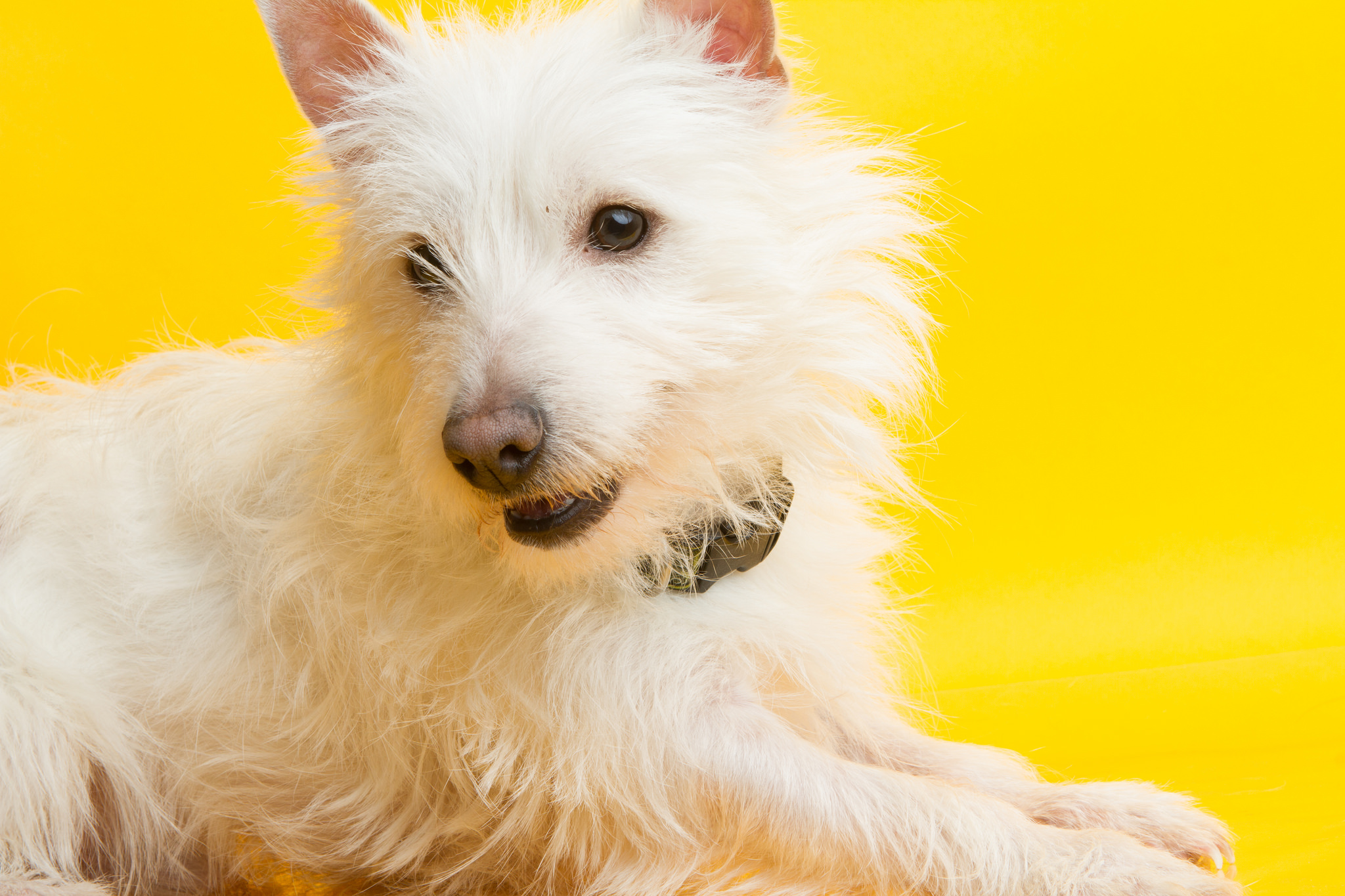Following on from my last post, ‘ten of my favourite tips for training your dog’, I would like to explore in more detail a topic I like to call ‘the look of love’!
The emotional and mental benefits of having a canine companion have long been acknowledged and it’s now common to hear of therapy dogs assisting in a wide variety of medical areas to improve the wellbeing of patients.
Anyone that has experienced a connection with a dog will understand how important eye contact is and also confirm how good it makes you feel. However, as with everything I have been learning in my recent training it is interesting to hear these things explained in a more formal way.
In 2015 a study was carried out by Takefumi Kikusui, a Japanese animal behaviourist, to exam the impact of the gaze between dogs and their owners. The outcome was that those owners and dogs that held a mutual gaze for longer periods of time, both experienced higher levels of oxytocin in their urine than those that held gazes for shorter period.
Oxytocin is a hormone linked with trust and maternal bonding, it increases when you are close to someone you love and is basically what we like to refer to as the warm fuzzy feeling you get when you fall in love.
This gaze between a dog and an owner is important for a number of reasons. Not only do both owner and dog receive a charge of the love hormone but it is also the method by which we gather information about one another.
When your dog needs your help they will use this gaze to guide and ask for your assistance. Your dog will also follow your gaze, normally looking in the same direction and at whatever you are looking at. You can point at something and your dog will look at where you are pointing. This is all possible by the fact we are accustomed to looking into and following each other’s eyes.
The other really interesting fact to highlight is that dogs do not usually hold eye contact with each other. Dogs naturally approach each other on an arc and avoid direct eye contact. In dog training we are taught that if two dogs hold eye contact for 5 seconds or more this can trigger an aggressive response. Understandably, we ask owners to avoid this happening in class.
In complete opposition we activity encourage owners to build up the amount of time they hold eye contact with their dogs and believe this to be a key method by which owners can successfully communicate and develop a strong bond with their canine friend. It is a response that dogs have specially adapted and develop by living in close proximity to humans.
I have no doubt that all those thousands of years ago when wolves first made contact with humans, that those animals that learnt to hold a human gaze without feeling threated or behaving in an aggressive way, were also more lightly to have been chosen as human companions.
I have listed a few articles below that provide a bit more detail on this subject:
Dogs are man’s best friend thanks to bonding hormone, research shows – The Guardian – 16 April 2015
Dogs can bond like babies – BBC – 16 April 2015
Is the Gaze from Those Big Puppy Eyes the Look of Your Doggie’s Love? – The Scientific American – 16 April 2015
Dogs and people bond through eye contact – CBS News – 17 April 2015

